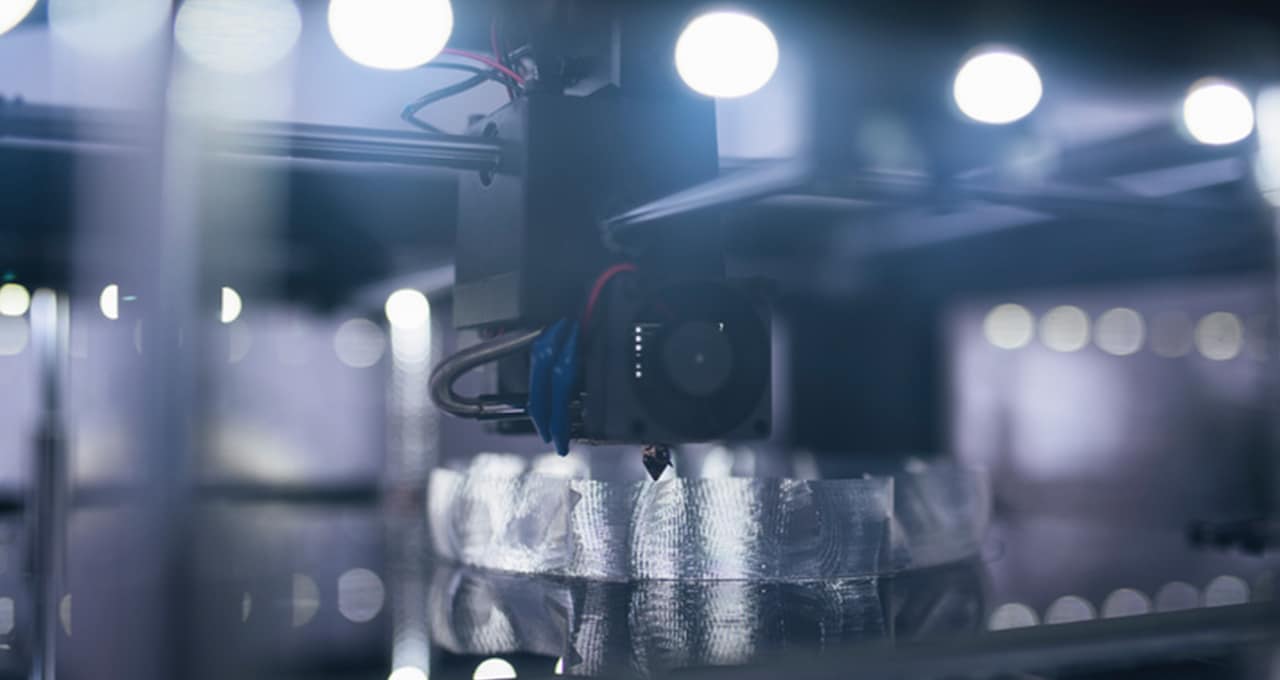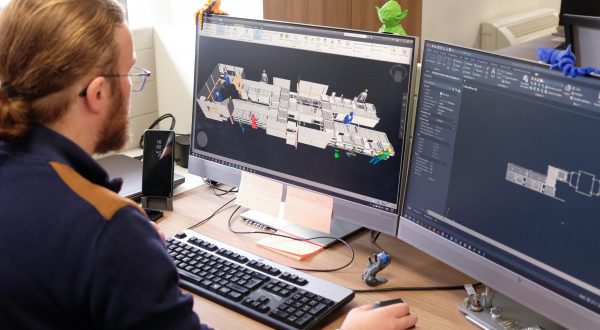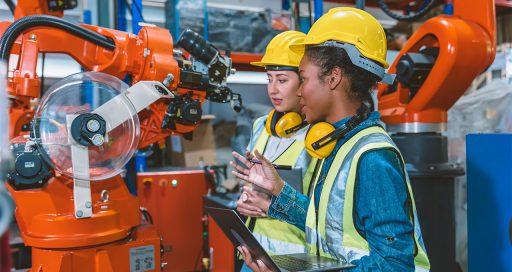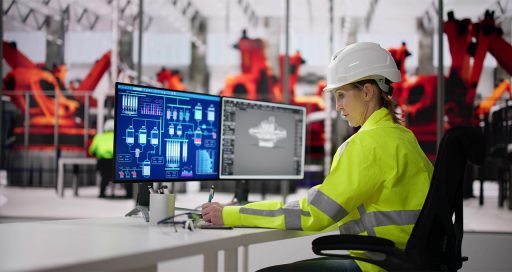Additive manufacturing is accelerating the industry of the future
Reading time: 4 min
Additive manufacturing, one of the many technological innovations making up the industry of the future, is booming. What does it really bring to tomorrow’s factory?

“Additive manufacturing is overhauling methods and processes,” says pre-sales engineer at Actemium Saint-Etienne Process Solutions (VINCI Energies), Alexandre Mandon. By adding layers of material to obtain a finished part, additive manufacturing takes the opposite approach from conventional subtractive manufacturing processes, which remove material.
A number of techniques, including plastic wire filament deposition, photo-polymerisation, and laser fusion, can be used to manufacture “complex parts in a single process, which was previously impossible,” says Actemium innovation manager Thomas Leseigneur. “The technique even facilitates and accelerates product design, because it works on the basis of digital models. This reduces time to market.”
“Additive manufacturing enables us to devise parts made of different materials”
The public is familiar with 3D printers using plastics, but plastics are not the only materials used in the industrial sector. Metals, ceramics, and polymers are also employed. “Whatever the material, the advantages of additive manufacturing are always the same. The part’s function determines the material to be used,” says Alexandre Mandon.
The Actemium Saint-Etienne Process Solutions engineer adds, ”Metals – steel, titanium, nickel, chromium, cobalt, and so on – can be combined in alloys and superalloys. Additive manufacturing enables us to devise parts made of different materials to make the most of their different physical characteristics. For example, we can design a part that has high ductility on one side and strong heat dissipating characteristics on the other.”
On demand
When integrated in the industrial process, additive manufacturing offers the substantial advantage of producing parts on demand and of higher manufacturing efficiency. “The time between order placement and shipment is very short and there are enormous gains in flexibility, which together with faster manufacturing goes a long way towards Industry 4.0,” says Alexandre Mandon.
“The technique can also be used to produce spare parts on demand, and thus reduce industrial inventories, not to mention solve the issue of planned obsolescence by producing parts that are no longer supplied. We can even scan a part and send the model to a 3D printer,” says Thomas Leseigneur.
Additive manufacturing is currently used primarily to prototype the part or to manufacture certain parts used in robotics, such as mechanical and pneumatic grippers that serve as the interface between the part to be handled and the robot. “This saves a substantial amount of time,” says Thomas Leseigneur. “We can easily print a prototype, try it out and change it if necessary. The parts are manufactured to order in short production runs.”
Intelligence in part manufacture
“The goals of the industry of the future are to produce better and faster, and also to be a digital industry,” says Alexandre Mandon. This is precisely what additive manufacturing does, paving the way for many things that are currently impossible.
Built-in intelligence is one of them. “Today we can manufacture complex shapes in additive manufacturing and integrate electronic components in the mechanical part to monitor the part’s condition in real time and report it to a process or component supervision system.” This sets the stage for truly efficient, transformative, predictive maintenance.
14/06/2018





